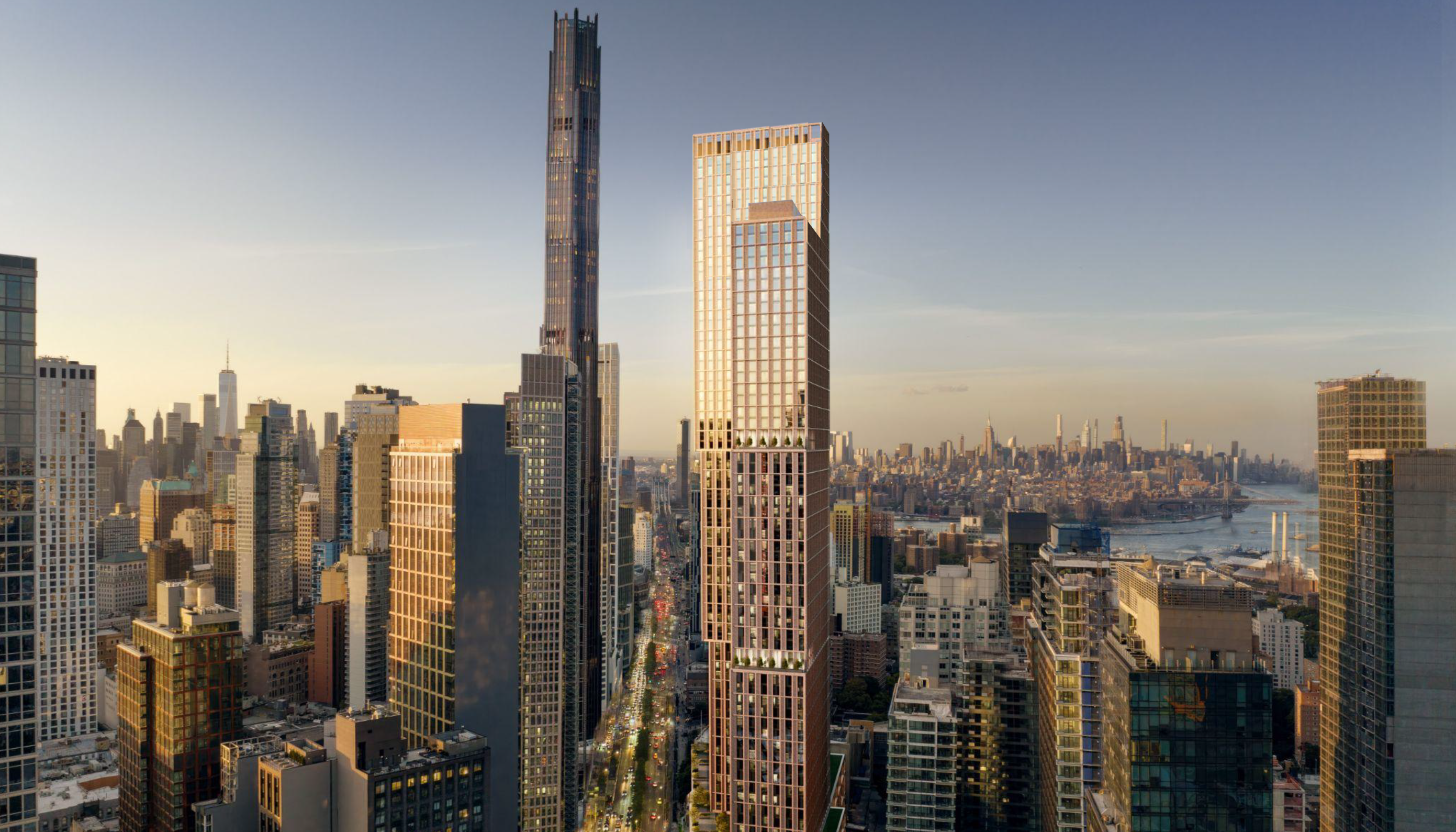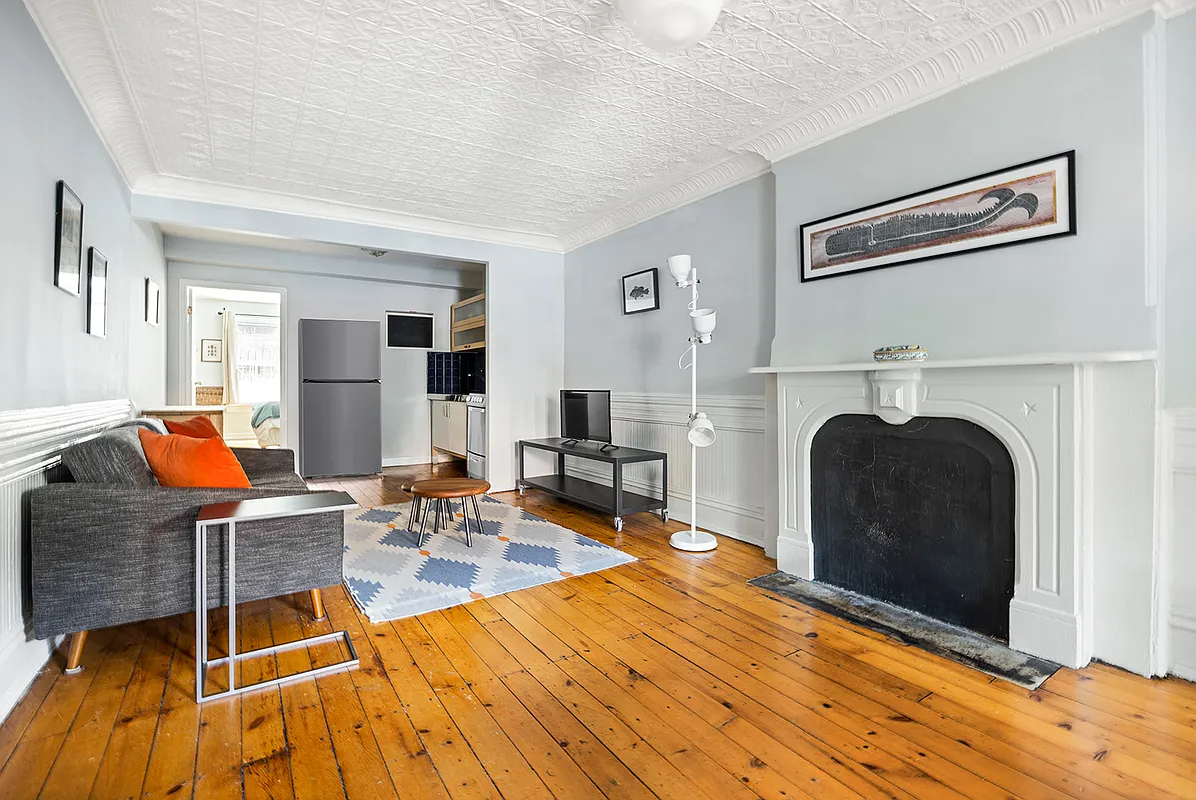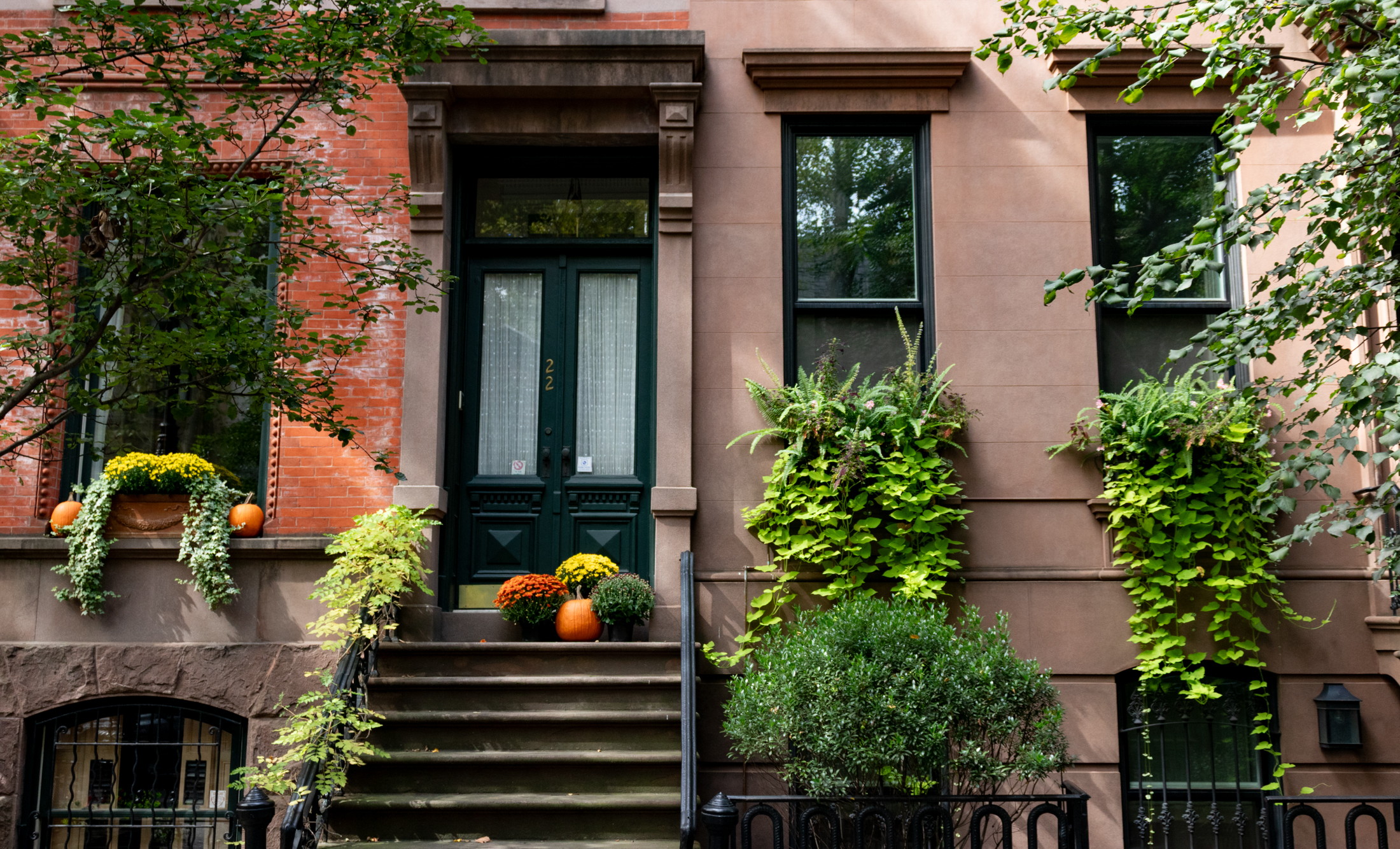Red Hook: Industrial Zone or Residential Nirvana?
On the eve of the City’s final decision on whether–and where–to establish formal industrial business zones, emotions are running high in the most contentious case, Red Hook. As reported in The Times today, the conflict is epitomized by the disagreement over the fate of the Rever sugar factory, bought last year by Thor Equities for…



On the eve of the City’s final decision on whether–and where–to establish formal industrial business zones, emotions are running high in the most contentious case, Red Hook. As reported in The Times today, the conflict is epitomized by the disagreement over the fate of the Rever sugar factory, bought last year by Thor Equities for $40 million. On one side is Thor CEO Joseph Sitt, with John McGettrick of the Red Hook Civic Association and Dorothy Shields of the Red Hook Houses East lined up behind him; on the other is Robert Hughes Jr. and his cousins who own the Eerie Basin Bargeport and fear that allowing the Revere to be turned into residential housing is a slippery slope that will ultimately lead to the port’s extinction and an accompanying loss of jobs. Hughes has the support of the South Brooklyn Local Development Corporation as well as Community Board 6 and Ray Hall, a founder of community group Red Hook Rising. Tom Fox, president of New York Water Taxi, looks at it this way: “There are plenty of places to build luxury housing,” he said, “but there’s only one working waterfront.”
Port Owner says City Wavering [NY Times]





Howdy, 4:32p and 4:16p (and other posts) fella here.
Yeah, I figured that deep down we ultimately had some of the same objectives in mind, such as seeking out the “public good” opportunities of present issues while heading off the potentially bad/abusive sides of development.
My only hope is that the community at large (and feuding community groups therein) will mend fences and not waste the attention they now have on fighting this one battle against eachother for/against the inevitable conversion to some conversion to more residential zoning.
Instead, their time and efforts would be better spent (and not wasted, in the long view…) by banding together to win the larger war by using this one big precedent-setting spotlight/influence window to act together decisively against the real threats out there now and down the road, by driving a hard, good deal for residents while they have all of these precedent cases on the table at the same time, and developers are bound to listen and agree to community-protective concessions to get the approvals they need to move forward as per the community’s demands.
I’m 3:22 back there. And I’d like to thank my worthy debaters for putting me straight and my mind at ease. I think we will be able to enforce the kind of restraint it will take to ensure a healthy transition from industrial to residential. You are right on many points, and I did overreact. The fact is: Red Hook is not slated for Tower Condo Conversion. There are already very limiting restrictions on height and water view (I just checked). It would be great to open the waterfront to the public. And yes, those schools may very well benefit the current populace.
i’m getting mushy. Thanks guys, though, really.
Anon 4:16 (for a post that long-please! Give yourself even a temp.name) you make a lot of sound, well said, points. I also think “drama queen” did as well. I think there is room for both of you here.
I probably shouldn’t have picked up on someone else’s example of American Stevedore, only because I know nothing about them or how they operate. Points do need to go to whoever said that although they are subsidized, so are many, many white collar companies in this city, including a lot of Fortune 500’s, in the guise of tax abatements and other city incentives and perks to get them to stay here. If Amer.Stevedore is a viable, working company, it deserves the chance to choose it’s own destiny. That goes for any other business in the area. While pollution concerns have value, seems to me, the residents of RH projects are the ones who should be complaining about pollution, no one cared about it until recently. But they have a lot less pull, and a lot less political acumen, so if traffic patterns and pollutants are changed or abolished, their benefit is a secondary by product.
My biggest bone to pick with your post, 4:16, is your point that new or improved schools for this new residential community will greatly benefit the kids in the projects. I may be over cynical, (nah) But I just don’t see that happening on any large scale. Even if a brand new school was built, with brand new teachers, and all brand new equipment, books, and shiny new buses, upscale people are not going to send their kids to schools with a heavy majority of project kids. Sure, some will, but not most. Most are still going to look for other alternatives. Besides, the way the Ed Dept works in this city, a child living in RH now, today, of school age, will have graduated before the new school opens.
In the long run, I think keeping the low density look of RH is very important, and a combination of light industry and residential is the best way to go. Let’s keep the viable industry there, add some other, new industry – why not carpentry, publishing, architecture, other crafts-potters, jewelers, whatever, and a mix of low, medium, high income housing. 4:16 is correct in that the time is now to set everything up BEFORE development takes over, and it’s too late.
As for the comment about the West Side highway park, um…that is precisely why you’d need to let this failing, antiquated idea of Red Hook working waterfront go already, and instead focus resources on the common good.
This was the exact basis for my comments above about existing shipping operations locking the public out, creating a walled-up no-man’s-land that only benefits 150 people with jobs, traffic and pollutuon at the expense of the entire population’s access to gorgeous waterfront.
The community has the big advantage of zoning approval here…why not set it in place now, the right way once and for all, instead of fighting it?
For “Drama Queen” kindly refer to Anons 2:41p and 2:45p.
Regarding “changing the very nature of swaths of a city,” note that much of this is due to the fact that, since Rober Moses’s BQE and the subsequent, sharp decline of neighborhoods it cut off into record murder and crime rates and desperate and depressed commercial and education situations, many banks and insurance companies redlined the neighborhood, refusing to provide capital or insurance for mortgages or businesses.
Naturally, this made the decline and atrophy that much more severe, and when the city-wide financial picture reversed in the last 15 years or so, it was nigh impossible for this neigborhood to spring back under such existing constraints.
When those redlines and surcharges were lifted in recent years, it is only natural that the neighborhood would suddenly be subject to the present, massive market forces that had developed over all those years, all at once, without the benefit of many years to ease into them as other neighborhoods without such constraints have been able to.
I, too am against another coming of some Moses (heh), where huge tracts are uprooted by a single fallible actor.
The odd thing here is that the working waterfront has already died a natural death, the corpus itself has failed and all items are really just moved to NJ, and the all-but-dead body here is merely on $25 million/yr life support at the expense of and as barrier to other plans better for and with wider benefit to the community.
I believe that residential rezoning should finally be allowed in to allow for a good mix of commercial and residential areas.
However, as mentioned above, I don’t want one big fallible actor (Moses, the second coming) to direct change in one big huge ultimate mistake. Instead, I would like the change to be regulated, restricted and enforced like in other neighborhoods.
Bring residential in, but with a strict eye for enforcing existing FAR and building heights. Imlay buildings are already as high as they are, so that is more a battle to preserve that original structure is preserved.
In an area so ripe for the wrong people to abuse (with set-back, skinny, tall buildings destroying the small village 3 2-3-or-4-story big-sky skyline) I would use this critical point in time to mandate the following:
Yes, residential can come, but only for certain areas, and within existing FAR, and with maximum heights no greater than 4 stories, and height rights for one lot may not be combined or transferred to another lot.
And I would put stiff penalties in place for violators. Neighbors can be the front line for complaints, and better arrangements should be made for more strict oversight and enforcement by the city.
Even if some 20×50 warehouses would be converted to homes or condos (yeesh), under these regulations it would not be easy for some big developer to build a tower that blocks the sky and turns Red Hook into downtown. Heights would be kept low, even for new construction, so small village feel would still be possible and enforceable.
As for the schools, I read statistics that about 80% of the entire Red Hook population lives in the Red Hook houses, no? They would not be pushed out by their landlord, as that is not some condo. It is a city-administered property, not a private condo where people are pushed out by prices.
Improved schools would indeed benefit the wide majority of residents, both the existing ones within the Red Hook houses, as well as existing residents in homes and apartments throughout the streets there (some of which will be displaced by price, sure), as well as new residents (who may also not be well-off, not able to afford elsewhere).
So the schools will be of long-term benefit to the existing ~80% of Red Hook population living in the Red Hook houses, as well as some existing residents and some new residents.
The point is…the local community has a great lever at their disposal now, against the ills of over-development…they can hold the overall big prize of residental zoning up as the key asset in exchange for major regulatory and enforcement concessions, in order to make sure that the small waterfront village feel retains just that, and that properties are renovated within existing constraints rather than propped, prodded and other wise popped out over and above them.
I meant, the park along the west side highway.
But just to give you parting image. Take your bike down the West side highway in New york. It’s really beautiful. Until you get to battery park city.
you know what?You’re right. We’ll talk in 20 years.
Woah. Drama queen.
Look. I come from a long line of construction folk. We love to build! Bring it on! My dad has done very well for himself building in Manhattan these last 20 years.
But what he has done in Manhattan has barely put a dent in the overall landscape of the city. Renovating one building, adding floors to another, putting a building in an empty lot. That’s a normal booming construction scenario.
What we’re doing here is radically changing the very nature of swathes of a city. My father finds it alarming, and this is his industry!
I completely agree — if Red Hook is not making sense as a port, then it should die a natural death. My question is: Is it natural? Or a kidn of Robert Moses- style takeover by residential real estate which wants to capitalize on a current need, without any consideration for the greater impact on the city?
Your “better schools” will not be better for the people who live there now. Those people will be moved out by their landlords. Those better schools will be better only for the people replacing them.